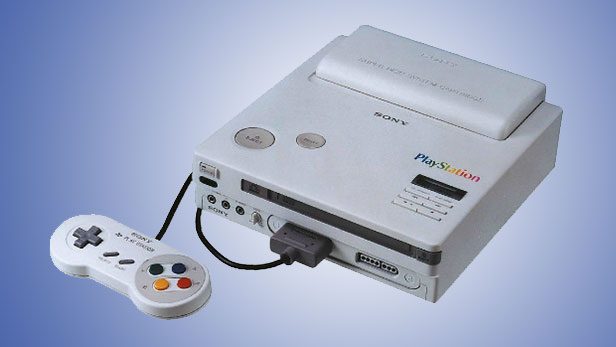Controller Rumble
Save for a brief debacle regarding the PlayStation 3’s lack of support for the feature, gamers have been able to count on rumble to be a standard inclusion in most video game controllers. Back in the ’90s, however, this wasn’t the case until Nintendo offered the rumble pack add-on for the controllers of their Nintendo 64 console.It was far from the ideal accessory, taking up the memory pack slot in order to be used, but it was still an undeniably cool and immersive step forward for how people could play games.It’s no surprise, then, that Sony was quick to hop on the rumble bandwagon with the release of PlayStation controllers vibration support, dubbed Dualshock for its use of dual vibration motors and some obvious copyright reasons.Granted, one can’t blame Sony for this as it was clearly set to be a norm in how games were played moving forward. All the same, we remember who came up with it first, and who continues to innovate on it with new iterations like HD Rumble in the Nintendo Switch’s Joy Con controllers.
Portable Gaming
For years, Nintendo has dominated the handheld gaming market, and the reason why is simple: They were the only ones in it for years. From the Gameboy all the way up to the Game Boy Advance, they were the only publisher willing to put out hardware dedicated to play on the go, and as a result became the de facto creators of handheld gaming consoles.With this in mind, it wasn’t at all shocking that Sony’s first foray into the handheld market was done using a console design strangely similar to the GBA. Sure, it had an analogue stick and a button layout in line with a PlayStation controller, but the publisher clearly looked to the only other company in handheld gaming for design inspiration.
PlayStation All-Stars Battle Royale
Let’s not beat around the bush: PlayStation All-Stars: Battle Royale was, is and always will be a shameless rip-off of Super Smash Bros. Sony saw the success of the franchise where Nintendo pitted characters from their many IPs against each other and wanted to do the same using their own roster of notable names and characters.It was by no means a bad move, and for some, it proved to be plenty of fun to pit God of War’s Kratos against PaRappa the Rapper’s PaRappa, Infamous’ Cole MacGrath or any of the roster’s other varied contenders. And yet, due to the fame of Super Smash Bros., the fact that it was playing copy-cat was inescapable, and many if not all that saw it almost instantly registered it as a clone made by a different publisher.
Motion Controls
Say what you will about the Nintendo Wii, but the one thing no one can deny is that it put motion controls at the center of many developers’ and publishers’ design frameworks. Whereas some might have seen it as a gimmick, Nintendo saw it as an opportunity to introduce players to a whole new world of gameplay where the player’s motions and input were integral to their experience, and designed a console with peripherals, aka the Wii-mote and Nunchuck, that could properly utilize it.Once this caught on though, Sony wasn’t far behind with its own iteration of the tech. In 2010, the company released the PlayStation Move, a peripheral for the PlayStation 3 which allowed players to utilize motion controls in both AAA and third-party offerings on the console.It didn’t quite have the polish of some of the Nintendo Wii’s offerings, but it did open the door for further use of the peripheral in later tech related to VR. Still though, it’s tough to say if they would have embraced it in the first place if Nintendo hadn’t tested the water and found such success.
Classic Consoles
Even with their continuous production of new, groundbreaking titles, Nintendo has more than a few who still sing the praises of their past titles and happily shell out cash for digital rereleases when they appear. Even still, few could have predicted just how high demand would be when they announced the release of an NES Classic, which served as a miniature version of their original console with several of its most popular titles built in.Selling out almost instantly and even outselling current generation consoles at certain points in the year, it proved an instant hit and fueled enough demand for the release of a SNES Classic, providing the same treatment to the console and its most cherished titles.So, of course, Sony followed suit, announcing the release of a PlayStation Classic with, you guessed it, several of its most popular titles built in. It was far from shocking considering Nintendo’s success with the endeavor, but it was also hard not to notice how quickly Sony joined in on the craze once Nintendo had tested the waters first.
Website: LINK

